Antsy after leaving office, George W. Bush came across Winston Churchill’s essay about painting as a hobby and how it improved life, which inspired the former president. A self-described “art-agnostic” before hiring professional artists to tutor him, Bush grew from painting a simple cube to his cat and eventually fellow world leaders he had met like Vladimir Putin. Laura Bush noticed how her husband used the discipline that helped him succeed in politics towards this new project, and artwork he once ignored as president (even though he walked by it every day in the White House) caught his attention. He began to view the world differently as his everyday environment had deeper shades and hues.
Meanwhile, the former commander-and-chief met former military personnel through the Bush Institute, which among its various objectives seeks to reduce the civilian-military divide and help veterans transition into civilian life. Wounded veterans he met during the Institute’s W100K mountain bike rides and Warrior Open golf tournament would become subjects for a new art project and his latest book, Portraits of Courage.
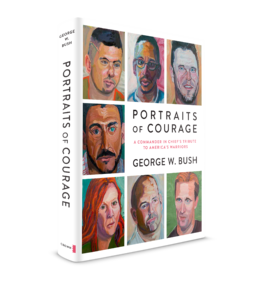 At first glance and without knowing anything about the artist, the book’s paintings are not overly impressive, at least not enough to justify printing a nationwide bestseller. Though I am no art critic, his work appears average compared to what could be found in other art books. Yet that is still incredibly inspiring. While a couple paintings made me want to pat the former president on the back and say, “That’s ok, you’ll get ‘em next time”, most impressed me. Bush has gone from never painting or rarely even paying attention to art to painting far better than the vast majority of people, except those who have regularly done artwork since their schooldays.
At first glance and without knowing anything about the artist, the book’s paintings are not overly impressive, at least not enough to justify printing a nationwide bestseller. Though I am no art critic, his work appears average compared to what could be found in other art books. Yet that is still incredibly inspiring. While a couple paintings made me want to pat the former president on the back and say, “That’s ok, you’ll get ‘em next time”, most impressed me. Bush has gone from never painting or rarely even paying attention to art to painting far better than the vast majority of people, except those who have regularly done artwork since their schooldays.
Back-to-back paintings of Maj. Christopher Andrew Turner, who suffered post-traumatic stress (PTS) after his Afghan security guard attacked and wounded him with an AK-47, demonstrate the former president’s artistic skill. During first meeting, Turner still suffered immense anguish and anxiety, which Bush emphasized with a forced tense smile, deep shadows around exhausted eyes, and a gloomy green background. Afterwards, Turner sought help through therapy. He learned how to tell others about his struggles without fear of stigma so that other warriors could overcome PTS. Bush repainted him with much more optimism depicted through a genuine smile and an almost spring-like background. Contrasting the images portrays a phenomenal story, especially since they were painted by the commander-in-chief whose decisions sent Turner into battle.
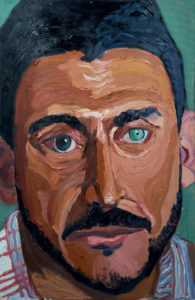
There is a risk those who pick up Portraits of Courage will feel satisfied flipping through the paintings hastily as if these are the book’s primary offering. However, its strongest attribute is the wounded veterans’ short bios that run alongside their portraits. Reading through these can sometimes make for difficult reading, yet they can help civilians better understand warriors’ experiences. In particular, clergy and laypeople can learn about returning veterans’ struggles and improve the Church’s mission to serve them more fully.
Most Americans have little knowledge about military life and do not understand what veterans experience. A smaller proportion of the population has served in the military than previously, so fewer Americans interact closely with them. Today only 16 percent of the young have a parent who has served, compared to 40 percent in 1990. Bush’s book provides civilians an opportunity to learn about wounded warriors’ experiences and perhaps welcome them home better.
To this point, Portraits of Courage’s bios unveil horrors veterans endured. There are stories of improvised explosive device (IED) explosions, a soldier engulfed in flames, rocket-propelled grenade (RPG) attacks, a child suicide bomber, and more. Reality is not sugarcoated or disguised through euphemisms.
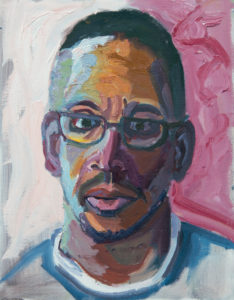
Beyond the visible damage these attacks inflict, Bush describes the warriors’ invisible wounds. Pages are filled with stories of PTS, and only a couple bios make no reference to it. Some soldiers turn to alcohol instead of therapy to alleviate their pain. Marriages suffered. Bush quotes one formerly-enlisted Marine who after returning home wouldn’t eat Christmas dinner with his family due to untreated PTS. Spouses and children struggled as family members adjusted to life back home away from war. Meanwhile, Bush explains how the wounded overcame difficulties through different means, whether therapy, faith, family, sports, serving fellow veterans, or otherwise.
Clergy and laypeople would especially benefit from understanding veterans better. While a handful retold how their Christian faith helped them recover, the vast majority of bios never mention religion. This absence should emphasize how the Church has an incredible opportunity to improve its ministry to veterans. As Chaplain Timothy Mallard (US Army) explains in his article addressing moral and spiritual injury for Providence:
Sadly, during the present conflicts that mark Western coalition nations, there is little visceral evidence that Christians of any major communion have genuinely attempted to reach spiritually injured warriors, in order to welcome them into (and find healing amongst) “the community of the saints.”
When asked what helped him recover from his injuries most, Cpt. Bryon Vincent told Bush, “It is critical to surround our returning members with love.” As a “community of saints”, Christians are well placed to do so.
While Portraits of Courage is designed in part to reduce the civilian-military divide across the nation generally, this book offers particularly helpful insight for clergy and laypeople without military experience. Even though it can only offer a glimpse into wounded veterans’ lives, Christians could still better serve them if they understood their experiences more.
—
Mark Melton is the Deputy Editor for Providence. He earned his Master’s degree in International Relations from the University of St. Andrews and focuses on Europe.
Feature Image Credit: President George W. Bush painting a mural featured in Portraits of Courage. Source: George W. Bush Presidential Center.
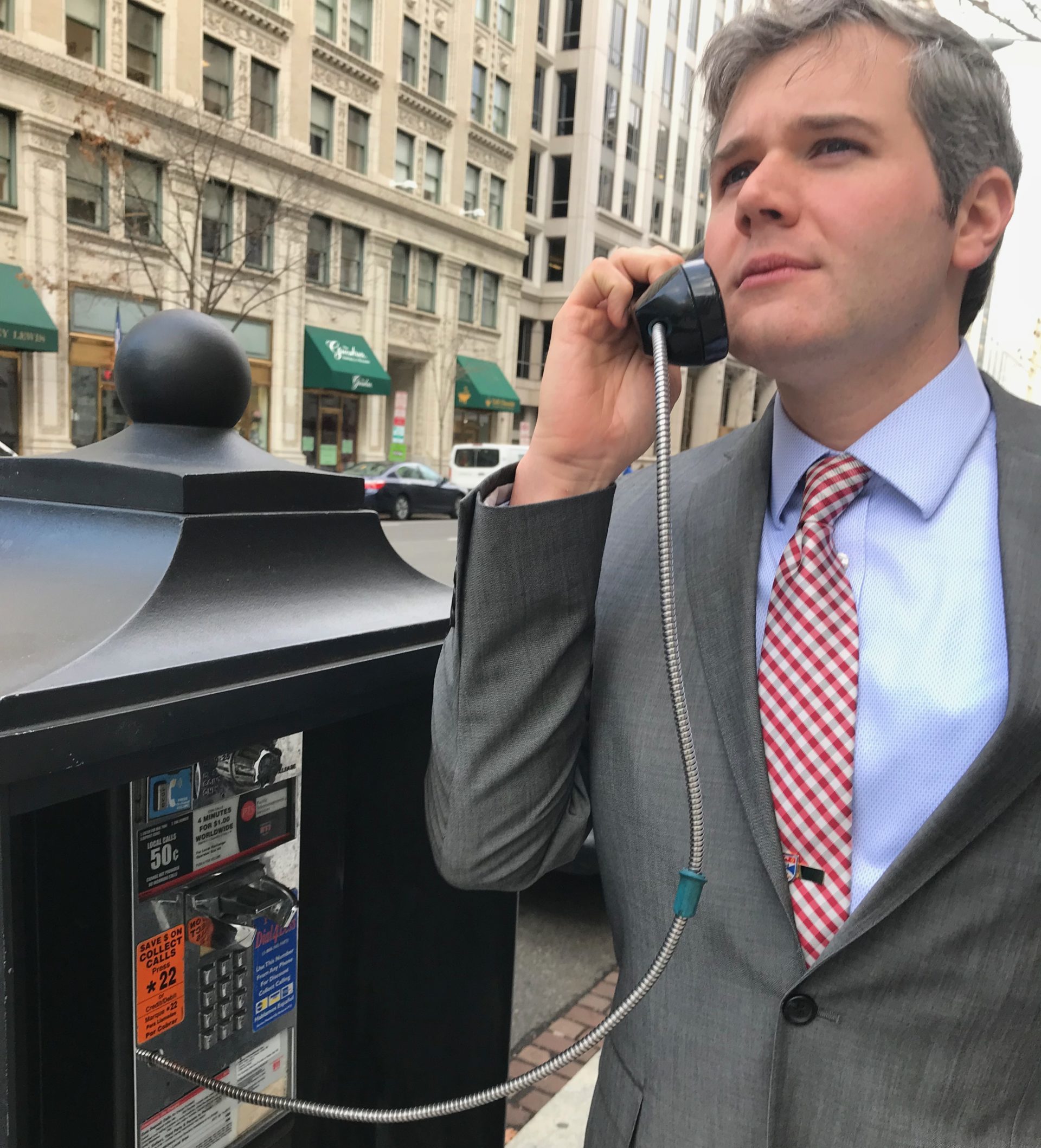



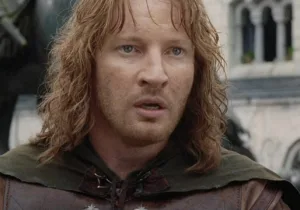
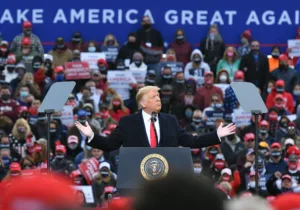

 Sponsor a student for Christianity & National Security 2024
Sponsor a student for Christianity & National Security 2024